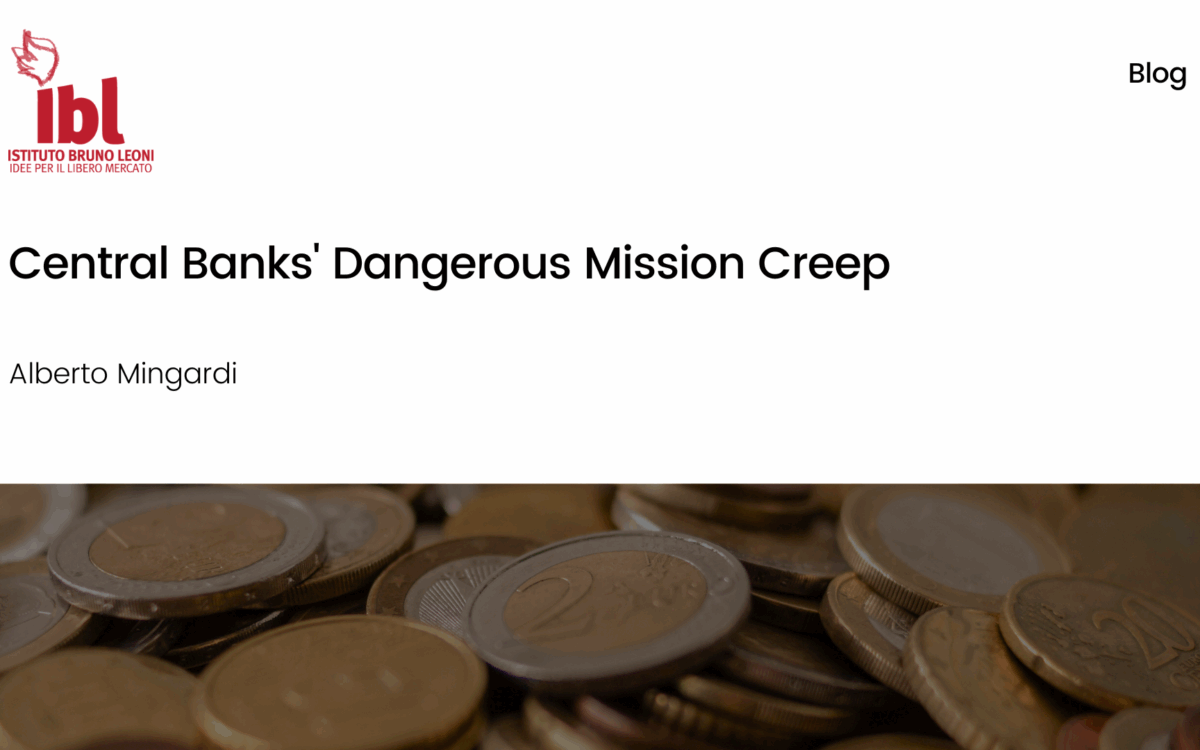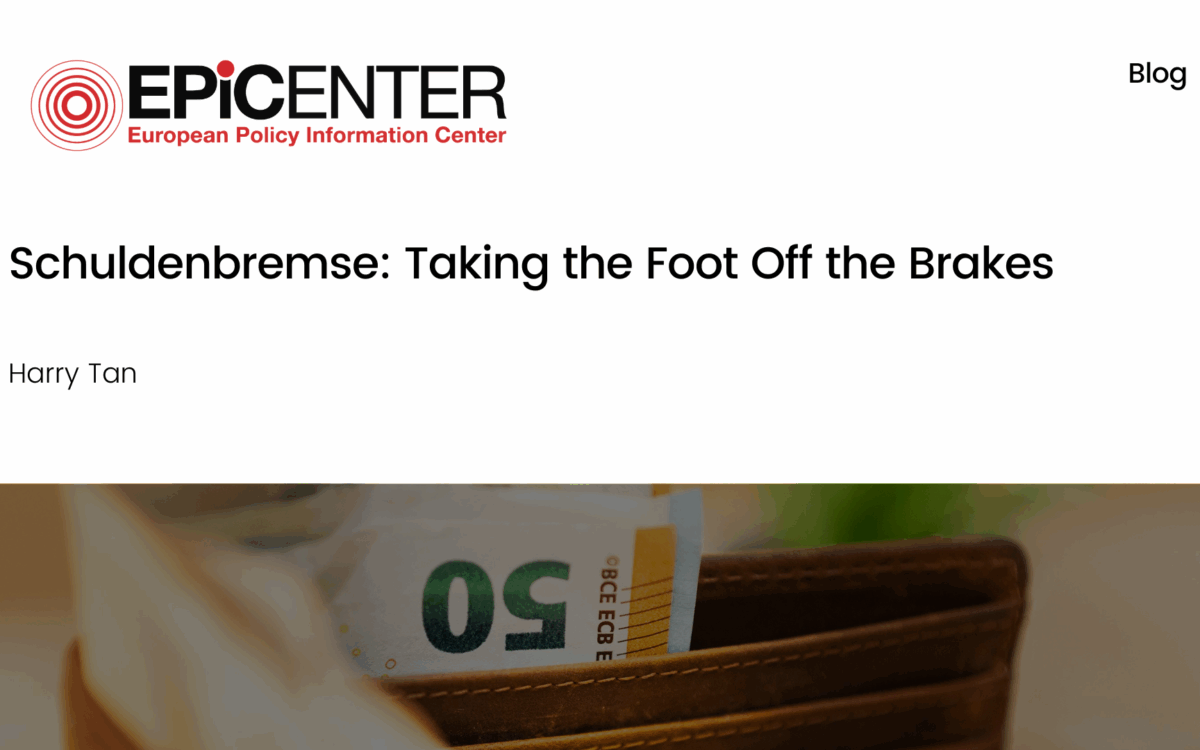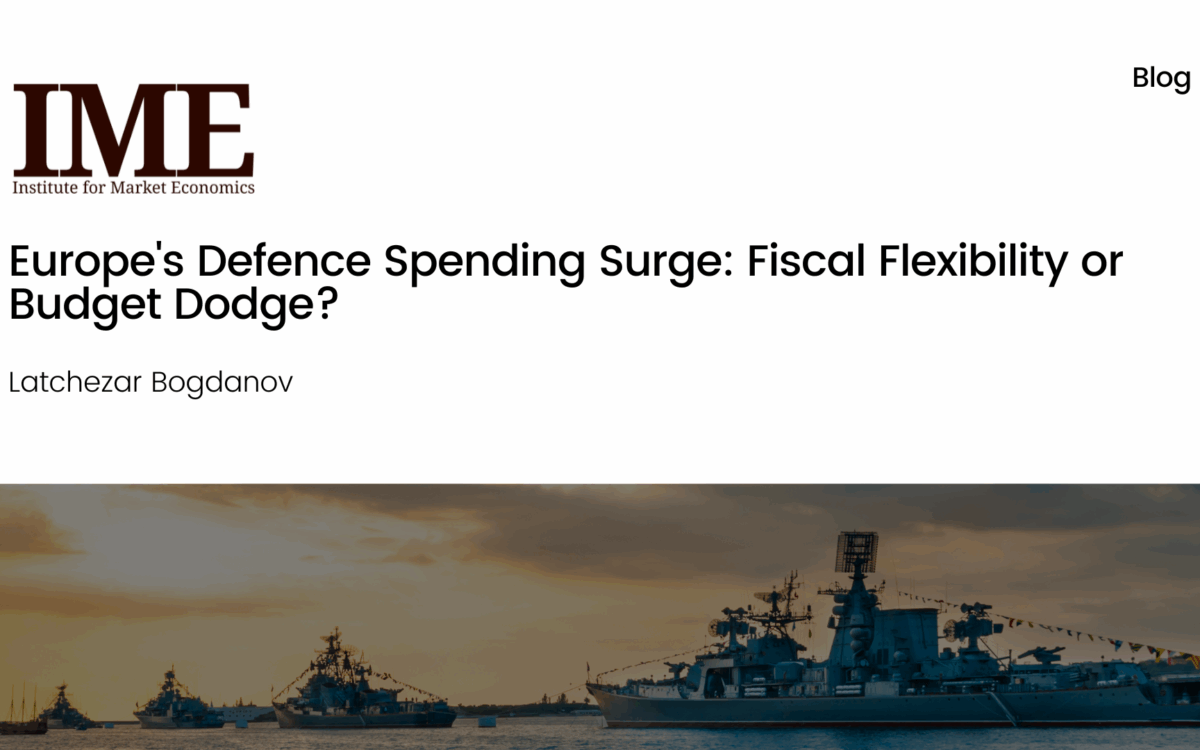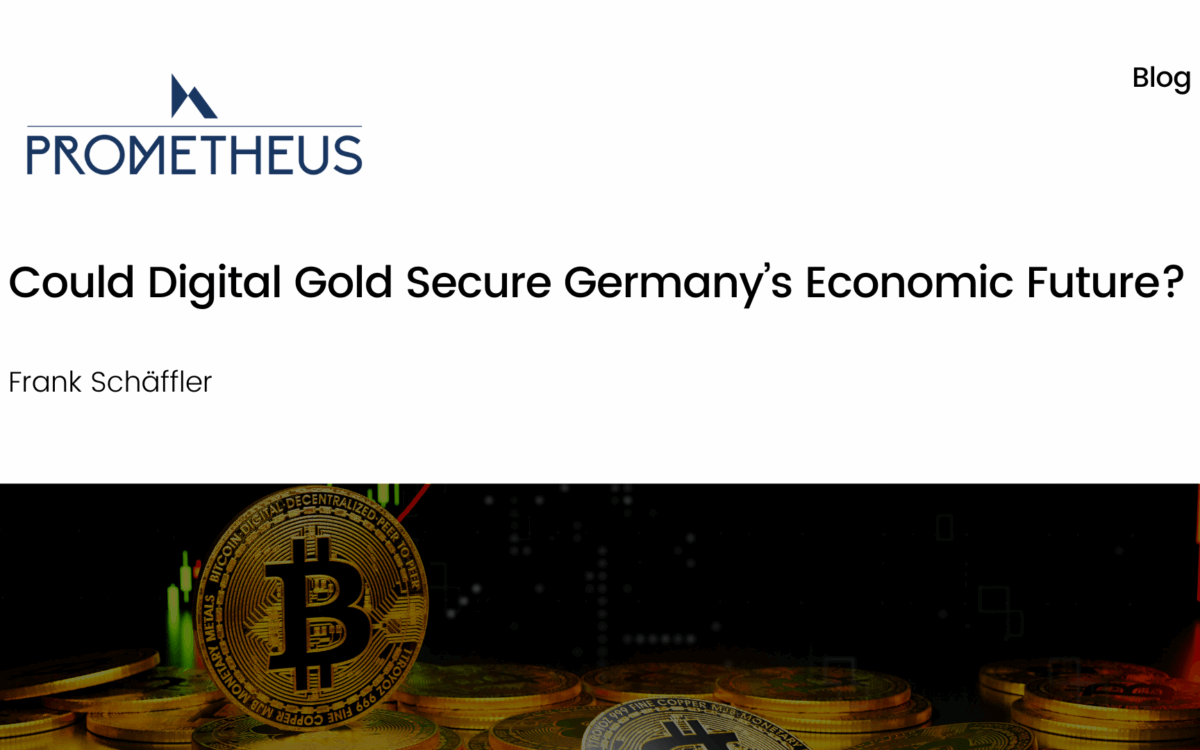The Reality of Sanctions Against Russia
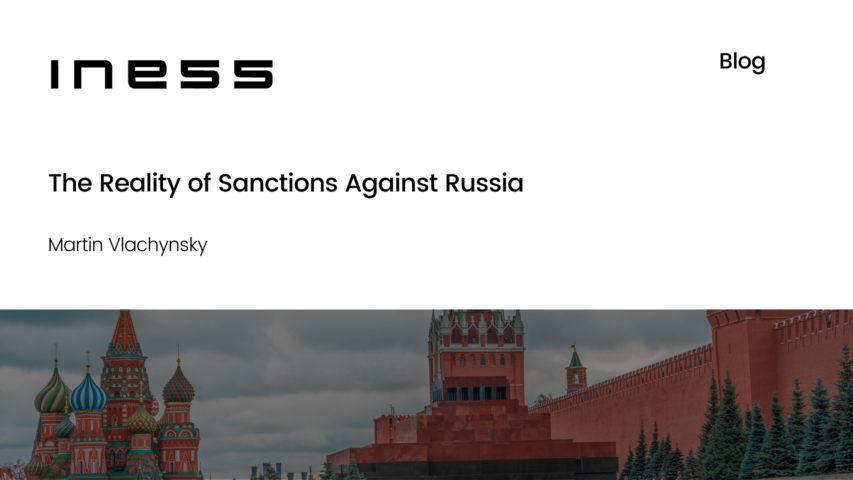
The Reality of Sanctions Against Russia
Martin Vlachynsky // 23 April 2025
Individuals
EU sanctions against Russia can be divided into four groups. The first group consists of sanctions on approximately 2,400 specific individuals, ranging from politicians to oligarchs and propagandists. These individuals have had their European assets frozen and are banned from entering Europe. From the perspective of the Slovak economy, this part of the sanctions is completely insignificant.
Financial Sanctions
The second group consists of sanctions on the financial system and financial assets of the Russian state. Most Russian financial institutions no longer have access to the euro financial system. In practice, this means that direct financial transactions to and from Russia must either fall under a narrow list of exceptions or flow indirectly through intermediaries in third countries. This poses some obstacles, but after three years, these ‘workarounds’ are already quite well-established. Financial sanctions make it difficult for Russian investments to reach Slovakia and vice versa (as such activities must be concealed through a third country); however, direct foreign investments between our countries have been minimal over the past 20 years, and even prior to 2022, there was a net outflow of Russian capital. Therefore, the impact of these sanctions on the Slovak economy is very limited.
A significantly greater issue is the freezing of the euro assets of the Russian Central Bank, valued at €210 billion. As a result of the blockade, the reserve cushion available to the Russian financial system has greatly narrowed and now consists only of Chinese yuan and gold. The rapid depletion of reserves and high inflation are serious economic problems in Russia. From the perspective of the Slovak economy, however, the blockade of Russian financial assets has no direct impact.
Exports
The third part of the sanctions concerns the export of certain goods and services from the EU to Russia. These include goods that could be used for weapons production directly (chemicals, advanced electronics, optics) or indirectly (machine tools as well as cement and the like). In addition, the sanctions affect goods that serve as inputs for the energy industry (pumps, turbines), with the aim of reducing Russian state revenue, and certain luxury goods, with the aim of making life difficult for the Russian oligarchy. These sanctions currently cover trade with a potential value of €48 billion. In 2021, EU states exported goods worth €257 billion to Russia. Thus, the sanctions imposed after February 2022 impact a trade volume equivalent to less than 20% of EU exports to Russia before the sanctions in 2021.
Let's look at the development of Slovak exports. In 2021, Slovakia exported goods worth €1.75 billion to Russia, which was approximately 2% of total Slovak exports. This largely consisted of cars and their components (54%), with the remainder mainly comprising machinery and electronics (23%).
In 2023, goods worth €370 million were exported from Slovakia to Russia, which was 0.35% of the total Slovak exports (valued at over €100 billion). The decrease in exports to Russia reached €1.4 billion, which equals 1.4% of total exports. To further illustrate this point, in 2013, that is, before the very first European sanctions (which were introduced in 2014 after the attack on Crimea), Slovak exports to Russia were valued at €3.3 billion, which then represented 4.5% of total exports.
Slovak exports to Russia, compared to its exports to the EU, were fairly minor before 2014 and have been declining since then. Not all of the decline in exports over the past decade can be attributed to sanctions. Many companies voluntarily decided to stop exporting to Russia and exit the Russian market for economic, security, or moral reasons. The most famous example is Volkswagen, which exported goods worth hundreds of millions of euros from Slovakia to Russia before 2022. The long-term decline in trade was also caused by the weakening Russian economy. Between 2014 and 2021, the rouble lost more than half of its value against the euro, which reduced Russia’s ability to import Western goods. However, the sharp increase in Slovak exports to countries such as the United Arab Emirates, Saudi Arabia, and Turkey over the past two to three years indicates that some exports to Russia may be continuing indirectly through third-party countries.
The impact of these sanctions on the Slovak economy in terms of trade is, therefore, also limited. They may have negatively affected a small group of companies for which Russia was a significant partner before 2022, but in terms of total Slovak exports, this represents a decrease of less than 2%.
Energy Imports
Finally, the last group of sanctions target imports of certain Russian goods. Apart from very specific items, such as diamonds, these are mainly energy imports.
It is imperative to note that there are no sanctions on Russian pipeline gas. Sanctions have not even been imposed on Russian liquified natural gas (LNG), only on the transport of Russian LNG to countries outside the EU. European states can theoretically purchase Russian gas at will, as Slovakia and Hungary continue to do. The only sanction-related issue arose two years ago when Russia mandated that payments should be made through Gazprombank, one of the largest banks in Russia. However, this requirement has since been abandoned.
The real obstacle is not sanctions but difficulties in transport. Poland nationalised Gazprom’s share in its pipeline and banned the transport of Russian gas. Ukraine banned transport through its territory after imposing its own national sanctions on Gazprom. Three of the four Nord Stream pipelines were sabotaged, whilst the remaining fourth has not been approved by Germany, a position that the new government intends to continue to hold. Therefore, only the southern route can be used to transport natural gas, albeit with limited capacity.
Imports of Russian gas declined significantly in the second half of 2021, when Gazprom unilaterally reduced its supply of gas to the EU with the aim of frightening Europe before the impending invasion. It further reduced supply in the summer of 2022, stopping the flow of gas through Nord Stream, with the aim of pushing European prices as high as possible. At the time of the Nord Stream sabotage in September 2022, the pipeline was not even being used. Because of this arbitrary reduction in Russian gas supplies, Austria, the Czech Republic, and Germany filed cases in arbitration courts, which ruled that Gazprom had to pay them damages totalling approximately €15 billion. According to statements by some analysts, SPP, Slovakia’s main natural gas company, may also file such a lawsuit. This behaviour by the Russian supplier and increased uncertainty in supplies due to the state of war led many European customers to search for alternative gas suppliers, which they largely succeeded in finding.
The price of Russian gas, even in the case of long-term contracts, is linked to European exchange prices. Therefore, even the countries that depend on Russian gas to meet their energy needs – including Slovakia – are exposed to increased gas prices. The only advantage of Russian gas is the relatively cheaper transport costs, especially compared to LNG. However, this is a difference in cost of a few euros at current commodity prices of approximately €40/MWh. For comparison, the current gas price is lower than it was in August 2021, half a year before the invasion!
There are also sanctions on imports of Russian coal. However, its price on the global market is relatively favourable (currently equivalent to 2018 levels), and the only significant Slovak consumer of coal is US Steel. The most widely discussed sanctions are those on Russian oil, which effectively prevent its import into the EU, with a few exceptions for domestic use. However, the favourable market situation helps, as oil is currently the cheapest it has been since May 2021. Thus, in the future, one specific company – Slovnaft – may face significant economic challenges due to the need to make costly investments in technology modifications and incur higher costs to transport oil via an alternative route from the Adriatic.
Conclusion
The actual extent of the impact of EU sanctions against Russia on the Slovak economy is much smaller than public discussion might suggest. The strongest tool has been the sanctions on the Russian financial system, which, however, affect the Slovak economy only indirectly, through the absence of new investments or trade suppression. However, these factors did not play a critical role in the Slovak economy even prior to the imposition of sanctions. The changes that have occurred or the impacts that have been felt are mistakenly attributed to sanctions by many – especially in the case of natural gas. In reality, these are affected by complex market relationships. The sharp rise in gas prices was caused, even before the invasion, by the behaviour of the largest Russian gas supplier – Gazprom.
The European and Slovak economies today face complex and unpleasant problems. However, these are the result of poor budgetary, monetary, and energy policies in both Brussels and Bratislava. The idea that adjusting sanctions against Russia will fundamentally change the economic situation in Slovakia and Europe is not supported by the available evidence.
Martin Vlachynsky is an Analyst at the Institute of Economic and Social Studies (INESS)
This blog was originally published by INESS in Slovak.
EPICENTER publications and contributions from our member think tanks are designed to promote the discussion of economic issues and the role of markets in solving economic and social problems. As with all EPICENTER publications, the views expressed here are those of the author and not EPICENTER or its member think tanks (which have no corporate view).
